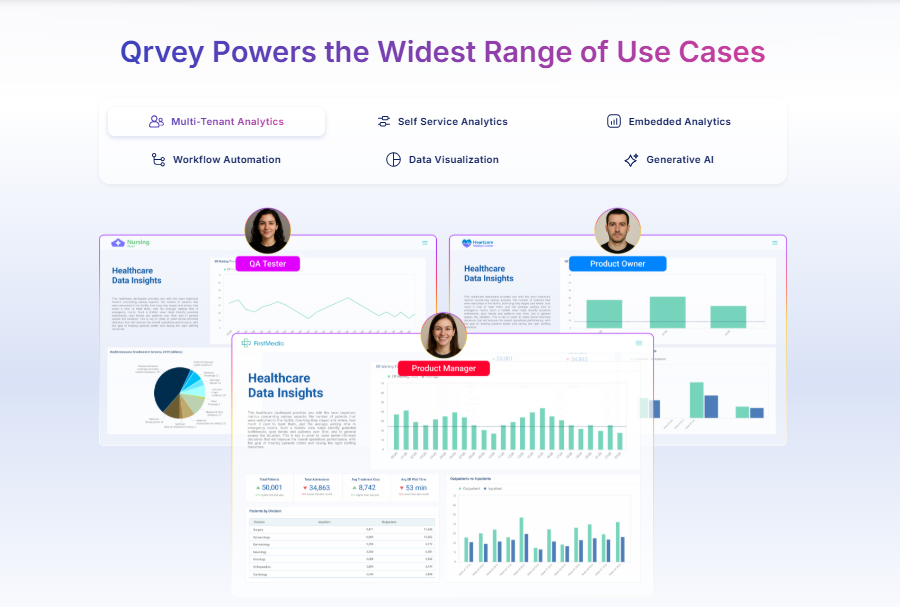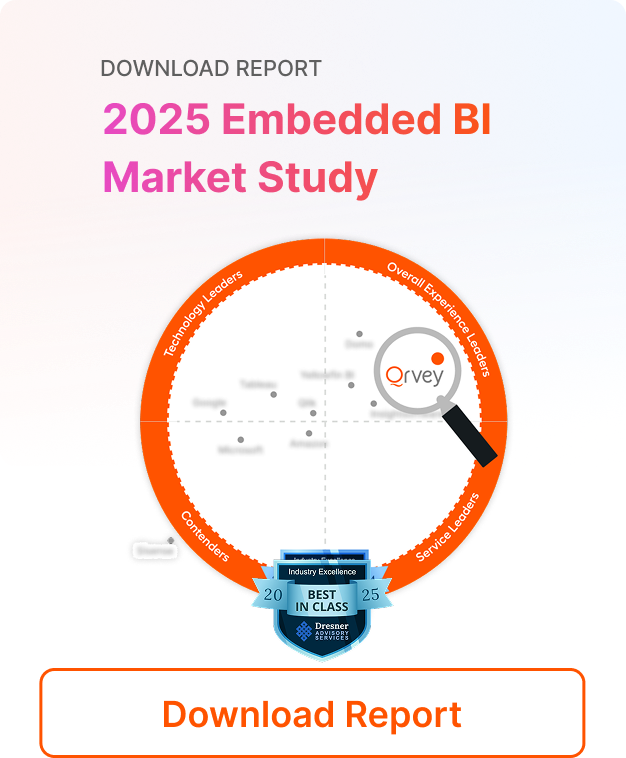
⚡Key Takeaways
- Databases handle real-time transactions with structured data, perfect for day-to-day operations like processing payments or managing user accounts
- Data warehouses store historical, structured data optimized for business intelligence and reporting, making complex queries lightning-fast for business analysts
- Data lakes accept any data type in raw format, providing flexibility for machine learning and big data analytics without upfront structure requirements
- Your choice depends on whether you need real-time processing (database), structured reporting (data warehouse), or flexible data storage for future analysis (data lake)
You’re building a data strategy and everyone has an opinion about storage options, but nobody can explain the database vs data warehouse vs data lake differences in plain English.
Cut through the confusion: databases power your app’s daily operations, data warehouses fuel your reporting needs, and data lakes store everything for future analysis.
Each one does a different job. Pick the wrong one and you’ll either waste money or frustrate your users with slow performance. We’ll show you the real-world applications, cost trade-offs, and decision framework you need to choose the right tool for each job.
Introduction to Database, Data Warehouse and Data Lakes
Imagine your home has three rooms for storing things.
Your database is the everyday drawer: small, fast, and neatly organized. Your data warehouse is the archive, perfect for looking up past activity. Then there’s the attic: your data lake, where you throw all kinds of stuff, just in case. It’s messy but holds potential.
These three aren’t interchangeable but built for very different jobs.
Database
A database handles your app’s daily operations. When users log in, make purchases, or update their profiles, that’s your database working. It’s built for speed and handles thousands of small tasks every minute.
Most SaaS apps use databases like Microsoft SQL Server or cloud options like Amazon DynamoDB, forming the backbone of an effective analytics database that supports real-time operations and insights.
Data Warehouse
A data warehouse takes data from your database (and other sources) and organizes it for analysis. It answers questions like “How many customers signed up last quarter?” or “Which features do users love most?”
Popular options include Amazon Redshift and Google BigQuery.
Data Lake
A data lake accepts everything (structured spreadsheets, unstructured documents, images, videos, sensor data.) Like a massive storage container where you dump raw data first, then figure out what to do with it later. For a deeper understanding of how large-scale organizations leverage this architecture, explore this detailed guide on enterprise data lake.
Azure Data Lake and Amazon S3 are popular choices for this approach.
Pro Tip: Most successful companies use all three in combination, not just one.
Building better analytics experiences starts with understanding these storage fundamentals.
Database vs Data Warehouse vs Data Lake: Key Differences
What happens when you pick the wrong storage type? Your app might crash under load, reports might take forever to run, or your cloud bill explodes. Here’s a simple breakdown to help you understand how each works and when to use one over the other:
| Feature | Database | Data Warehouse | Data Lake |
| Schema | Schema on write | Schema on write | Schema on read |
| Data type | Structured | Structured | Structured/unstructured/raw |
| Processing | Real‑time (OLTP) | Batch/live queries (OLAP) | On‑demand, exploratory |
| Users | Dev teams, apps | Business analysts, BI tools | Data scientists, ML engineers |
| Cost model | Moderate storage + compute | High compute at ingestion | Low storage, pay as you query |
Difference #1: Data Structure
Databases require you to define your data structure upfront. Every table, column, and relationship must be planned before you store a single record.
Data warehouses also use predefined schemas, but they’re designed for analytical queries rather than transactions. The structure focuses on making reports and dashboards run fast.
Data lakes use “schema on read”: you store raw data immediately and define the structure only when you need to analyze it. This flexibility comes with a trade-off: queries can be slower and more complex.
“Data should be transformed as far upstream as possible, and as far downstream as necessary,” notes data architect Michael Roche.
This principle helps you decide where to apply structure in your data pipeline.
Difference #2: Performance and Cost
Databases excel at handling lots of small, fast operations. They’re perfect for user-facing features but can get expensive as you scale.
Data warehouses shine with complex analysis but traditionally cost more upfront. Modern solutions separate storage from computing power, so you only pay for what you use.
Data lakes offer the cheapest storage, sometimes just pennies per gigabyte. But processing that data later can surprise you with higher costs.
AWS’ excellent resource comparing these storage approaches is worth watching for visual learners:
Difference #3: Use Cases
Databases optimize for OLTP (Online Transaction Processing), handling many small, fast operations simultaneously. Think customer relationship management systems or e-commerce platforms.
Data warehouses optimize for OLAP (Online Analytical Processing), complex queries that aggregate data across multiple dimensions. Perfect for business intelligence dashboards and executive reporting.
Data lakes optimize for flexibility and big data storage. They excel when you need to store diverse data types for machine learning models or exploratory analysis — especially when leveraging data lake analytics to turn raw information into actionable insights. This makes them ideal for various use cases in industries like healthcare, media, and research.
Technical Characteristics of Each Storage Type
Choosing the wrong storage type can eat up dev time fast. So, it helps to know how each system is built.
Database
Databases use row-oriented storage, making them fast for operations that affect single records. When a user updates their profile, the database quickly finds and modifies just that one row.
They guarantee data consistency through ACID properties so your financial transactions never get corrupted or lost.
Data Warehouse
“Data Warehouse Services provide a centralized, highly structured repository designed to store, manage, and process large volumes of structured data, optimized for high-performance querying, reporting, and business intelligence tasks,” explains NATO’s Communications and Information Agency.
Data warehouses use column-oriented storage. When you need to calculate total revenue across thousands of transactions, they read just the revenue column instead of entire rows.
This makes complex analysis much faster but requires more planning upfront.
Amazon Redshift distributes data across multiple nodes based on chosen keys, making large analytical queries run in parallel. Azure Synapse Analytics offers similar capabilities with tight integration to Microsoft’s ecosystem.
“A modern approach is the “lake house” architecture, which combines elements of both to provide the flexibility of a Data Lake with the performance of a Data Warehouse.” – AWS
Data Lake
Data lakes separate storage from compute entirely. Your data sits in say Amazon S3 or Azure Data Lake Storage (in formats like JSON or Parquet), while processing happens through separate services like Apache Spark or Azure Databricks.
This architecture means you’re not paying for compute power when data isn’t being processed. But also more complexity, unpredictable costs, and time lost managing infrastructure.
Qrvey solves this by offering an all-in-one embedded analytics platform with built-in automation, AI, and visualization. No third-party BI tools needed.

Source: Qrvey
Real-World Applications, Examples and Use Cases
You’ve got data. But should it go in a database, a data warehouse, or a data lake? That depends on how you need to use it. Let’s break down real examples.
Database
- E-commerce platforms processing thousands of orders per minute
- Banking systems handling real-time payment verification
- SaaS applications managing user authentication and permissions
- IoT sensors recording temperature readings every few seconds
- Customer relationship management systems tracking sales interactions
Data Warehouse
- Retail chains analyzing seasonal buying patterns across all stores
- Healthcare organizations reporting on patient outcomes over multiple years
- Financial services creating regulatory compliance reports
- Manufacturing companies tracking quality metrics across production lines
- SaaS platforms providing business intelligence dashboards to enterprise customers
Data Lake
- Machine learning teams training models on images, text, and sensor data simultaneously
- Media companies storing and processing video content for streaming platforms
- Data scientists exploring new datasets before deciding on analysis approaches
- Generative AI applications requiring diverse training data formats
- Research organizations collecting environmental data from multiple sensor types
Insight: To combine all three, start transactions in a database, move historical data to a data warehouse for reporting, and store raw files in a data lake for future machine learning projects.
Choosing the Right Model for Your Business
Your choice depends on what problems you’re solving, not just technical preferences.
Start with these questions:
- Do you need instant responses for user actions? Use a database.
- Want fast reports on historical trends? Choose a data warehouse.
- Have diverse data types and uncertain future needs? Go with a data lake.
Budget matters too.
Databases offer predictable costs but can get expensive with heavy usage. Data warehouses provide excellent query performance but traditionally cost more upfront. Data lakes offer cheap storage but processing costs can surprise you.
Before you commit, watch this explainer video to understand how fast things can get expensive with tools like Snowflake. And how to keep control as your user base grows.
Leverage Qrvey to Make the Most of Your Data Architecture
What happens when you’ve built the perfect data infrastructure but your customers still can’t get the reports they need?
Your data warehouse might be lightning-fast, but creating dashboards, managing multi-tenant security, and building self-service tools requires specialized skills most product teams don’t have.
Qrvey solves this problem by providing embedded analytics that works with your existing data architecture. Your data never leaves your control, which matters for security and compliance.
Turn your data architecture into customer value – Get a free demo to see how embedded analytics enhances your SaaS

David is the Chief Technology Officer at Qrvey, the leading provider of embedded analytics software for B2B SaaS companies. With extensive experience in software development and a passion for innovation, David plays a pivotal role in helping companies successfully transition from traditional reporting features to highly customizable analytics experiences that delight SaaS end-users.
Drawing from his deep technical expertise and industry insights, David leads Qrvey’s engineering team in developing cutting-edge analytics solutions that empower product teams to seamlessly integrate robust data visualizations and interactive dashboards into their applications. His commitment to staying ahead of the curve ensures that Qrvey’s platform continuously evolves to meet the ever-changing needs of the SaaS industry.
David shares his wealth of knowledge and best practices on topics related to embedded analytics, data visualization, and the technical considerations involved in building data-driven SaaS products.
Popular Posts
Why is Multi-Tenant Analytics So Hard?
BLOG
Creating performant, secure, and scalable multi-tenant analytics requires overcoming steep engineering challenges that stretch the limits of...
How We Define Embedded Analytics
BLOG
Embedded analytics comes in many forms, but at Qrvey we focus exclusively on embedded analytics for SaaS applications. Discover the differences here...
White Labeling Your Analytics for Success
BLOG
When using third party analytics software you want it to blend in seamlessly to your application. Learn more on how and why this is important for user experience.








